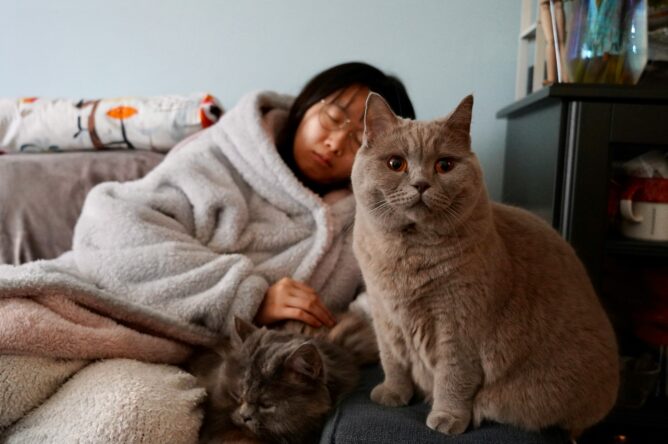It always starts with the best intentions—a handy item here, a cute extra there.
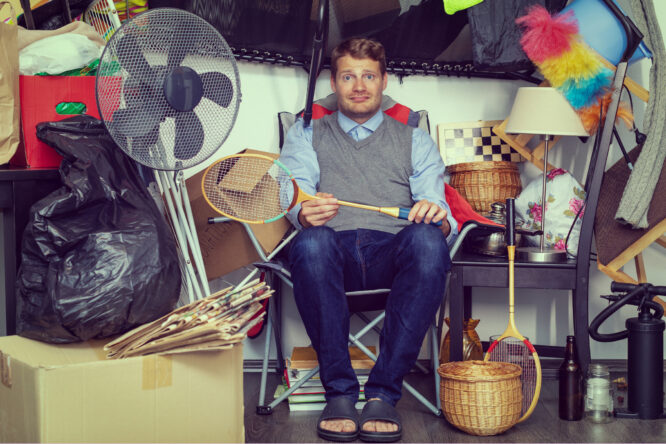
However, before you know it, your drawers don’t close properly and your shelves are filled with things you barely touch. Some purchases just have a sneaky way of becoming clutter without you even noticing until your home is chock full. Here are some of the everyday buys that tend to quietly pile up until you’re left wondering where all the space went.
1. Storage containers you swear you’ll organise with
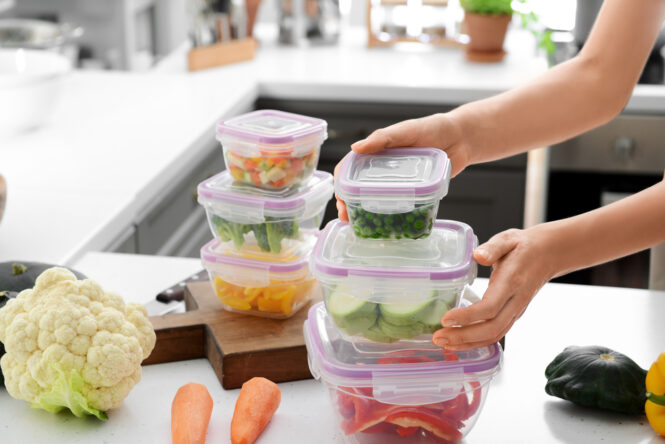
Buying bins, baskets, and drawer dividers can feel like the first step to finally getting organised. But they’re surprisingly easy to overbuy, especially when you forget what you already have at home. Instead of creating order, they often end up cluttering closets and corners while waiting to be used. When you’ve got more storage solutions than things to store, it might be time to pause before buying more.
2. Mugs and reusable cups
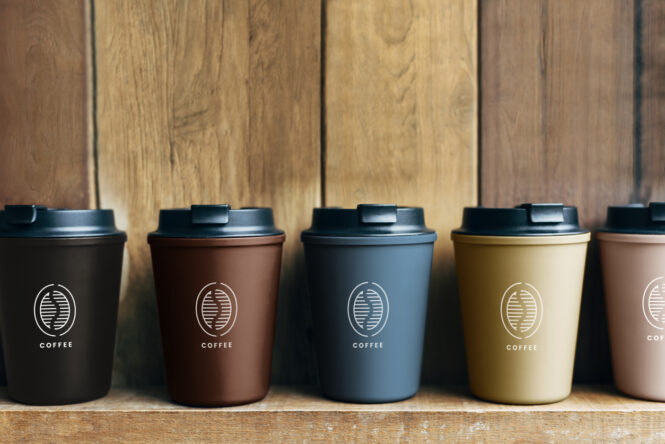
Whether it’s a cute design, a travel cup with a new feature, or a freebie from an event, mugs pile up fast. And let’s be honest, you probably reach for the same two every morning anyway. They’re fun in the moment, but quickly fill shelves and crowd cabinets. Without regular clear-outs, that “just one more” turns into a full-blown mug invasion before you even notice it.
3. Skincare and beauty products

It’s easy to pick up an extra serum, face mask, or lip balm because it looks promising, especially when it’s on sale or trending. But most of us already have more than we use consistently. Products pile up in drawers or sit half-used in the bathroom, quietly taking over your space. If you don’t love it or use it regularly, it’s probably just clutter dressed up as self-care.
4. Cookbooks and recipe cards
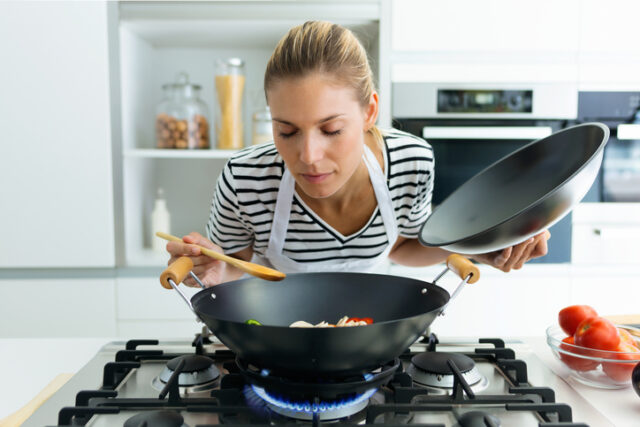
There’s something satisfying about a beautiful cookbook or a curated stack of recipes. They feel useful until they start gathering dust or taking up space you could actually use for cooking. Many people now search online for recipes anyway, so those books often turn into decorative clutter. If they’re not being opened, they’re probably just adding weight to your shelves, not value to your meals.
5. Workout gear and accessories

Resistance bands, yoga blocks, hand weights—it’s all meant to motivate you. But once the routine slips, those well-intentioned items become floor clutter, shelf fillers, or “I’ll use it soon” reminders. It’s easy to collect more than you need, thinking each new item will be the one that changes everything. But in the end, it’s consistency that matters, not the gear.
6. Souvenirs from every trip
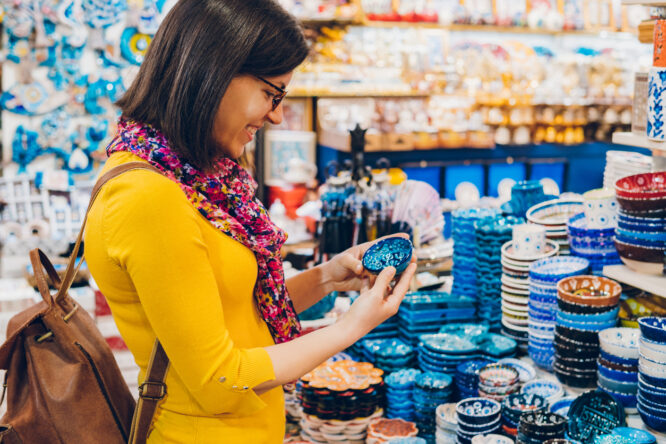
Small tokens from your travels feel special at the time—keychains, magnets, local crafts. However, when every trip adds something new, those keepsakes start overflowing into drawers, shelves, and corners. The memories are still meaningful, even without the physical objects. If the souvenirs are tucked away or collecting dust, they might be taking up more space than they’re giving back.
7. Greeting cards you meant to send
 Source: Unsplash
Source: Unsplash You buy them with good intentions—for birthdays, thank yous, or just because. But if they never get sent, they end up stuffed in a drawer and slowly forgotten about. In the long run, they add to the quiet clutter that doesn’t feel messy but still takes up space. A few meaningful cards on hand is helpful. A stockpile of unused ones? Less so.
8. Tech accessories and cords

Old chargers, duplicate cables, and mystery cords from devices you no longer own—they sneak into drawers and rarely leave. It’s hard to toss them “just in case,” but they almost never get used again. Those tangled piles take up space while offering very little value. If you don’t know what it belongs to and haven’t needed it in months, it’s probably safe to let it go.
9. Hobby supplies from a phase you’re no longer in
 Source: Unsplash
Source: Unsplash Craft kits, painting tools, baking gadgets, all bought with the hope of a new passion. However, when the novelty fades, those supplies often stick around, taking up space long after the interest is gone. It’s totally okay to outgrow a hobby. The key is knowing when to let go of the stuff that came with it. Holding onto it just in case often turns into years of unused clutter.
10. Seasonal decor you don’t actually use
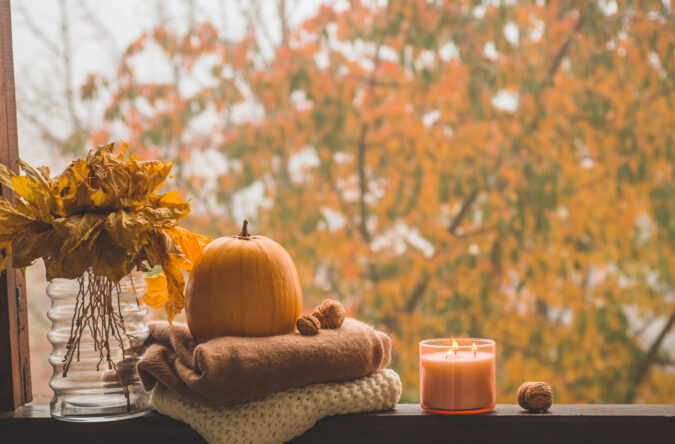
Each holiday brings new temptation—candles, signs, throw pillows, little trinkets. Of course, not all of it ends up on display. Much of it gets boxed, stored, and forgotten until the next year rolls around. It builds up as time goes on and takes over closets and attic space. If it hasn’t seen daylight in a few seasons, it’s probably not adding much joy, just taking up room.
11. Clothes you think you might wear someday
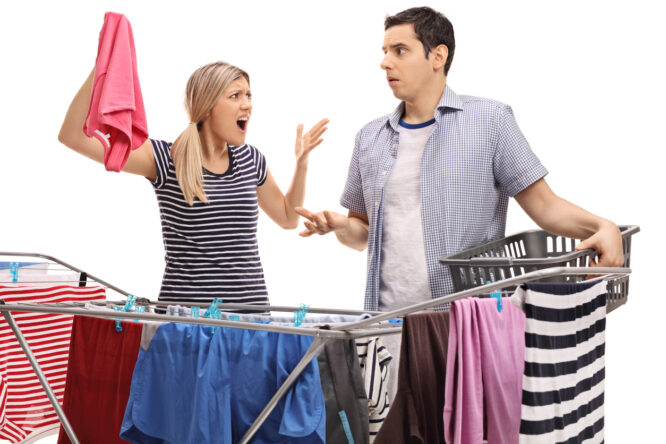
That outfit you bought on sale, the jeans you plan to fit back into, or the shirt you’re saving for the right occasion—these pieces tend to linger, even if they never leave the hanger. They create visual noise in your wardrobe and can make getting dressed more stressful. If it hasn’t been touched in a year, it might be time to pass it on instead of letting it linger in limbo.
12. Notebooks, planners, and stationery
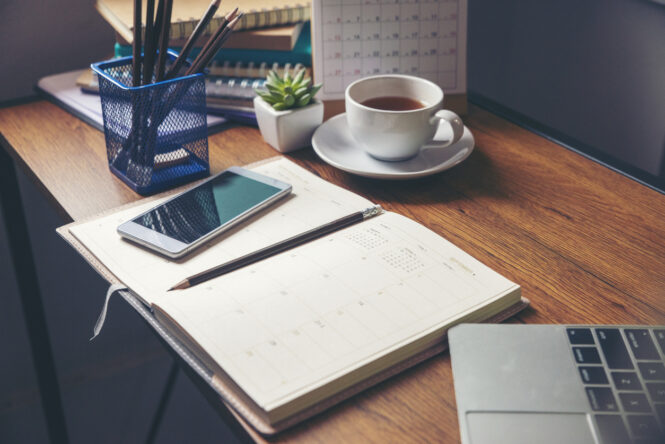
There’s something satisfying about a fresh notebook or fancy pen, but if you keep buying them faster than you use them, they quickly pile up in drawers and shelves. They seem harmless, but too many can quietly turn into clutter, especially when you don’t remember what half of them were for. A favourite few are great. The rest may just be unused potential.
13. Kitchen gadgets with one specific use
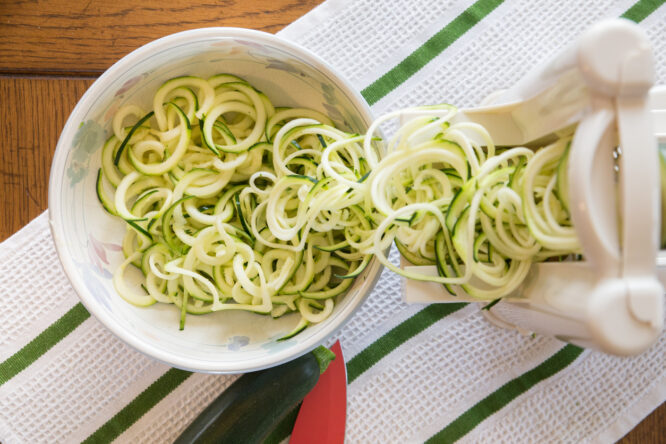
Spiralizers, avocado slicers, and egg cookers all they sound useful in theory, but often get used once or twice before ending up in the back of a cabinet. It’s easy to overestimate how often you’ll actually use them. If a gadget only serves one purpose and isn’t part of your weekly routine, it’s probably just clutter in disguise. Sticking to versatile tools keeps your kitchen functional and your cupboards breathable.




